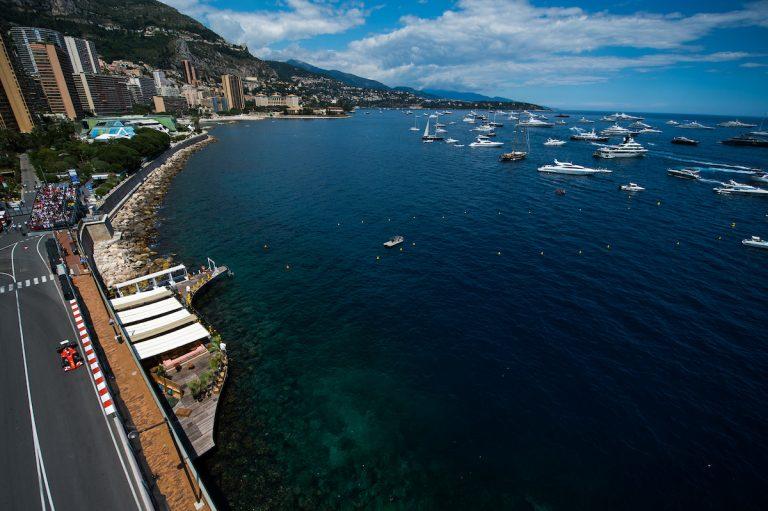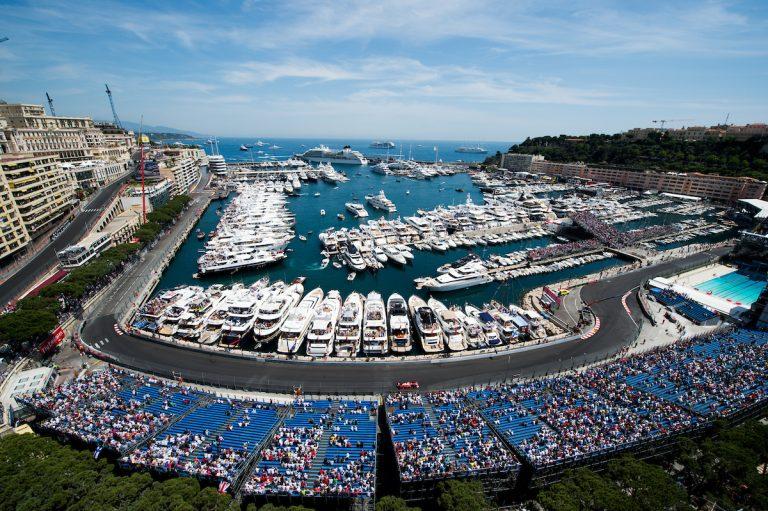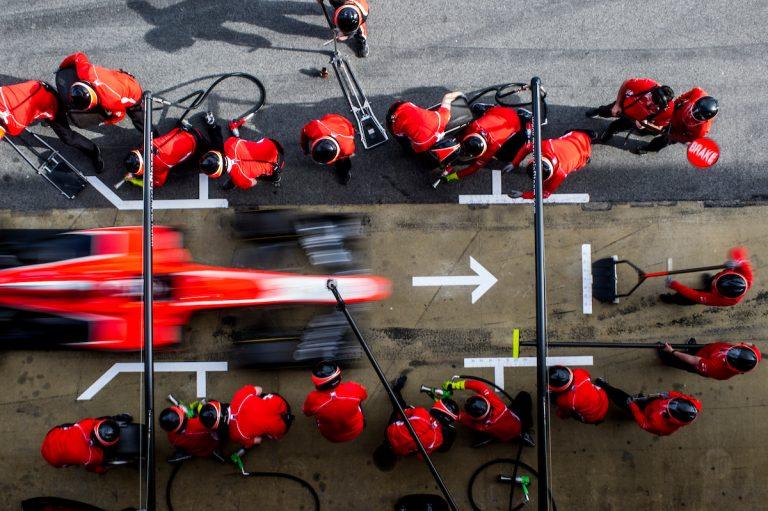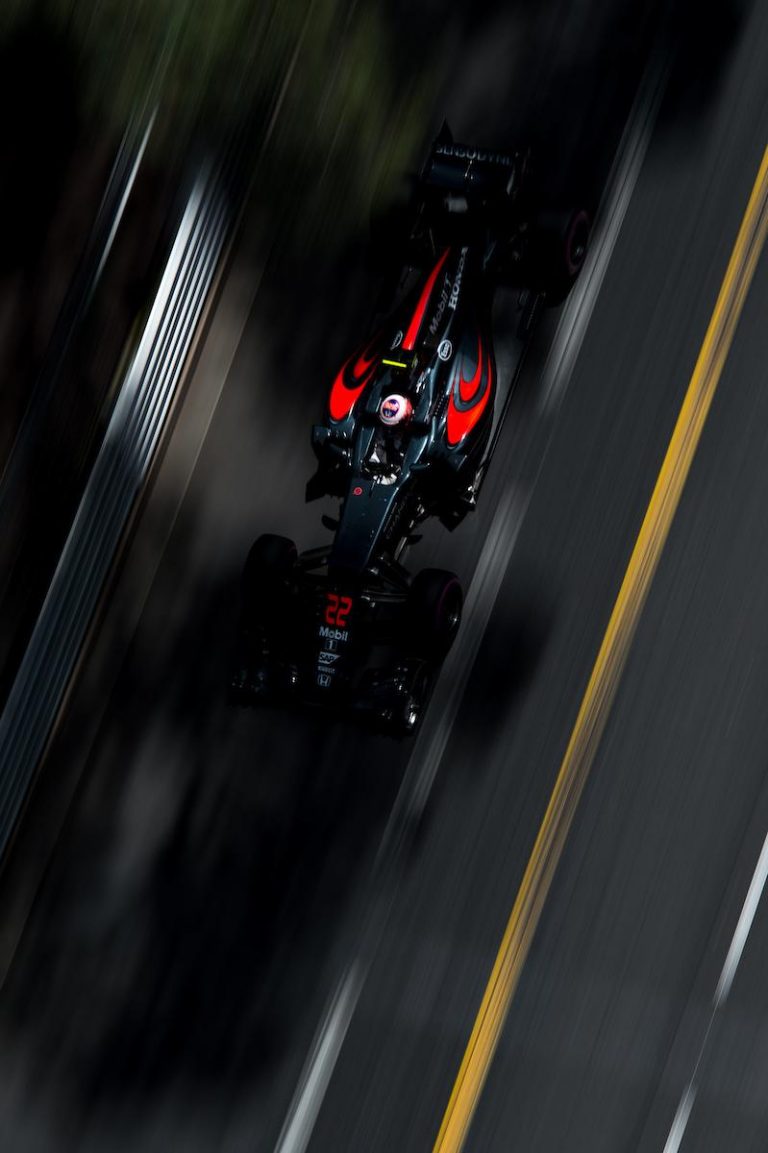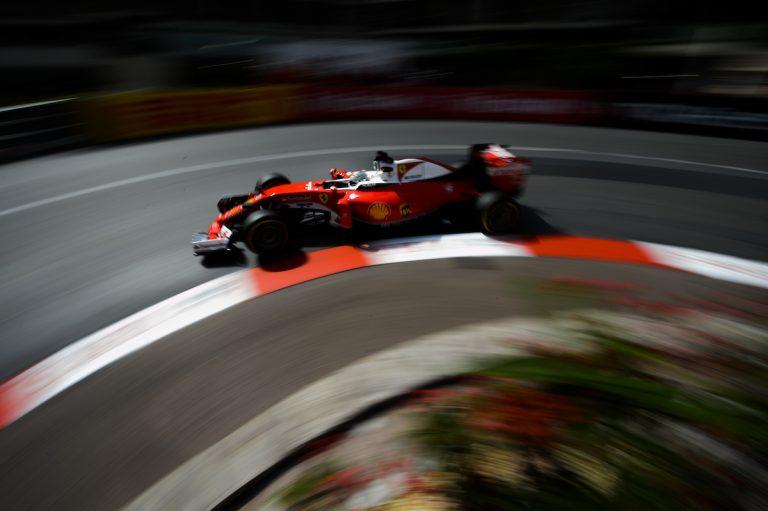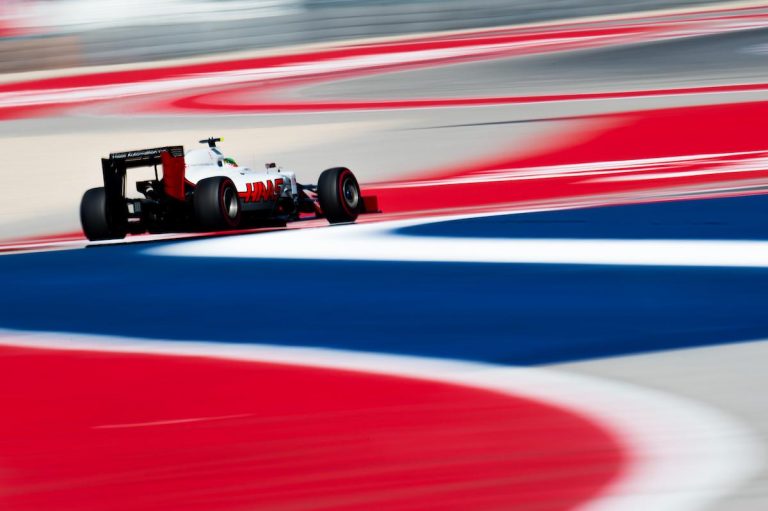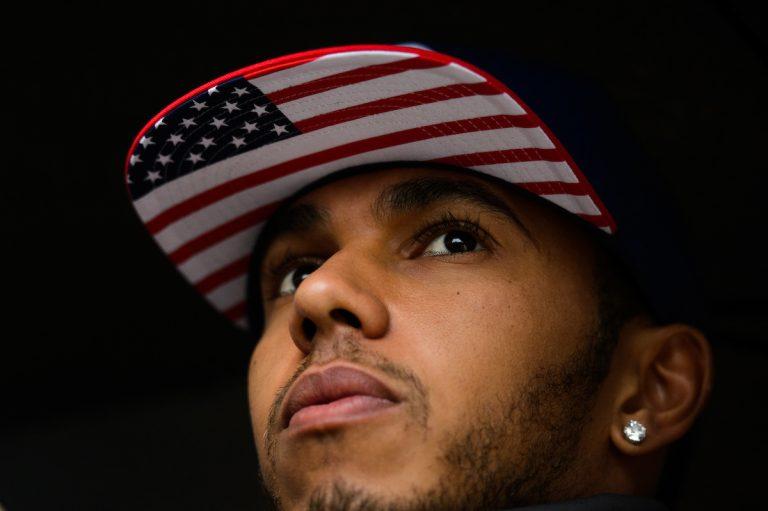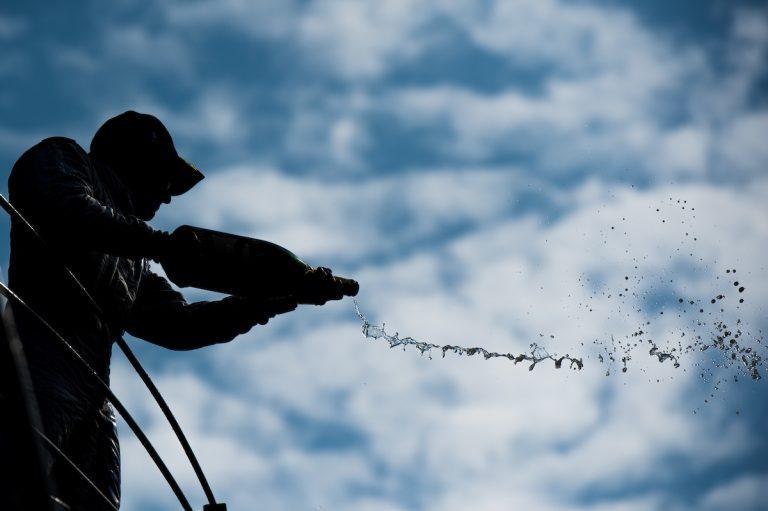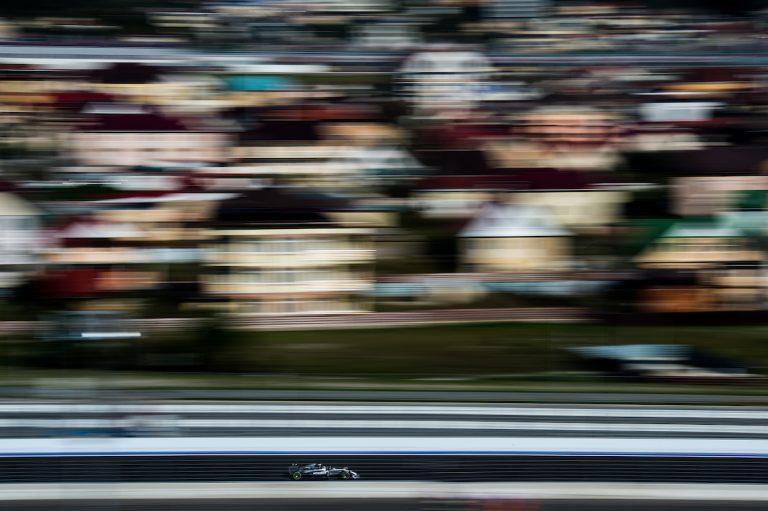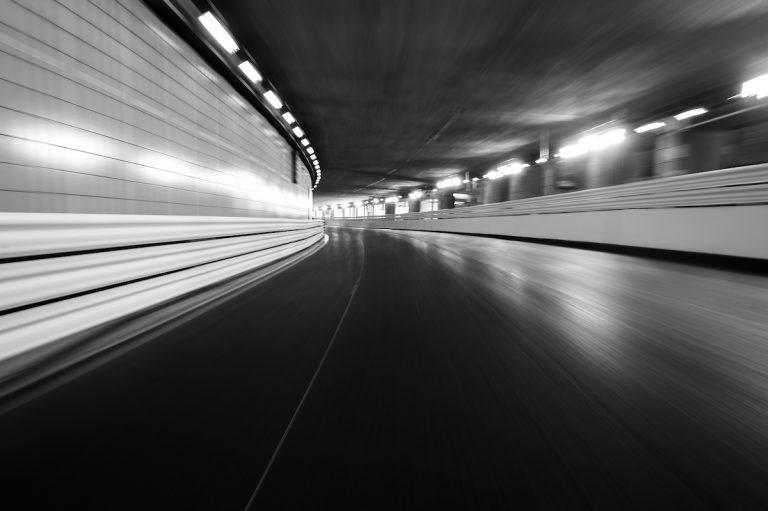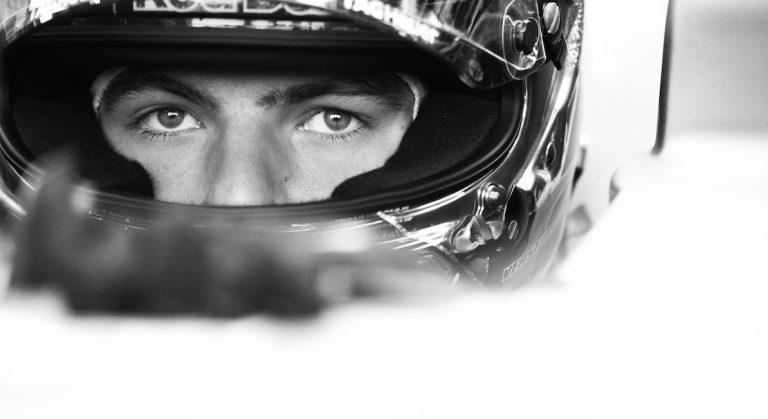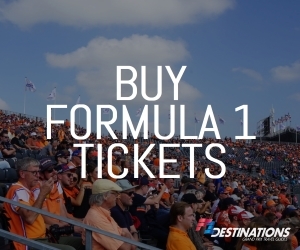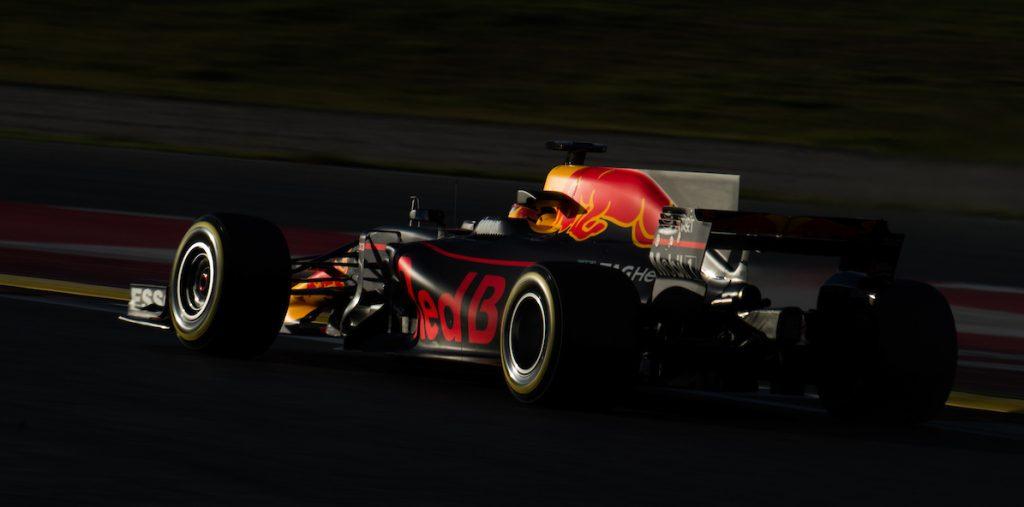
We recently caught up with Jamey Price, an American photographer who has covered 25+ F1 races since 2012. Though he mainly focuses on motorsport (F1, WEC, MotoGP, Nascar, Indycar), Jamey has also covered horse racing in the UK and US, NFL, collegiate sports and more. His take on F1 travel? “It’s definitely not always glamorous. Actually, it’s never glamorous.”
All images Jamey Price.
How many F1 races have you worked at?
My first race was the first USGP (2012) at Circuit of the Americas in Austin, Texas. Since then, I have covered 25+ races. Some of the highlights, I’ve done Monaco, Montreal, Singapore, USA, Russia, Mexico, China, Malaysia, Hungary and Italy. The most I have covered in a single year is eight races, or just under half the calendar. I would love to do more, but I also have a steady stream of work in sports car racing, and have great clients that have become second family to me. So while I would love to cover the whole season, I also know it would mean giving up something I love too. Most of the time I organize my own travel. I work as part of a team of 4 other photographers. Together we travel the world and cover races. So we all ride to the track together in the mornings and leave again at night.
Where do you stay on an F1 weekend?
We don’t always visit the same hotels twice; it’s all based on price really. The hotels get smart to knowing that a big event is happening in the area, and raise their prices. So we look for hotels that haven’t caught on yet. It’s always a big game. Sometimes, I will share an Airbnb with a few friends. It’s definitely not always glamorous. Actually, it’s never glamorous. In Singapore, we once stayed in a very small hotel called 85 Beach Garden Hotel. The rooms were tiny, the beds were like rocks, the shower was basically next to the bed and I would wake up in the “morning” (our Singapore morning is more like 2pm) to the sound of construction equipment outside the room.
What’s your favorite circuit to photograph?
Monaco. Hands down. The problem with modern F1 is that it’s very sterile. You have to go to the old school tracks to really see and appreciate these cars up close on a dangerous course that pushes cars and drivers to the edge. That’s what it’s all about isn’t it? Places like China don’t give me that buzz. But Monaco does. The cars are basically on top of you as they race past at 150mph.
How many flights do you take each year?
I took over 190 flights in 2016, or something like that. It is exhausting. It gets stressful when you have multiple connections to make to arrive to a certain country or race on time, and the weather, or flight delays or poor service from the airlines start to interfere. I love watching movies, so I can usually keep myself entertained on long flights very easily. But getting your body clock on a different time zone is important, so sometimes I’ll take a sleep aid to help get myself ready for a different zone.
What’s your favorite F1 city for off-track activities?
I think Montreal is one of the best, but Austin is amazing too. In Montreal, we always go back to the same bar, McKibbins Irish Pub, almost every night. The bartender has an incredible memory and remembers us by name and knows our favorite drink. He always shoots the breeze with us about racing; it’s good fun. In Austin, I have a few favorite spots. Iron Cactus on 6th Street is great Tex-Mex food and then for a laugh, we almost always end up back at Pete’s Dueling Piano Bar. It’s a favorite of F1 mechanics, drivers and media.
What is your worst F1 travel experience?
Heading to China a few years ago, I had a flight cancelled on the way there. So I arrived a day late. And then on that same trip coming home, my flight was canceled again! That was the last time I flew American Airlines. China is notoriously difficult. The Chinese don’t really look kindly on the press; it doesn’t matter if you are a photographer or journalist. Even though I’m not there covering protests in Tibet or even life on the streets, they still make it difficult. Thankfully it’s not so difficult when you are on the ground. I’ve heard from my European friends that the United States is also very hard to deal with in terms of visas.
What about your funniest F1 travel experience?
I had a cab driver heading from the track to the airport in Singapore once that was honestly falling asleep at the wheel then coughing his lungs out when he would wake up again, I kept banging on the glass trying to keep his eyes open. In fairness, it was like 3am. It wasn’t that funny at the time, but I get a small laugh out of it now. I survived!
Which current F1 photographer do you most respect?
Obviously the guys I work with are the best in the business. James Moy, Laurent Charniaux, Russel Bachelor and James Bearne. They’re all great people and hugely talented photographers. I learn something from them every weekend. Vladimir Rys is also one of those guys that is very talented; also Darren Heath, Florent Gooden, Mark Thompson and Glenn Dunbar. There are so many that I respect and have been doing this far longer than I have.
What’s your opinion of Circuit of the Americas (COTA)?
As a track for fans, it’s OK. It’s not the most amazing for viewing and one of the worst for fan photography. I know a lot of fans bring their cameras to the races, and sadly COTA has some of the worst access for fans with how far away they sit, and how high the catch fences are. The track produces decent racing, and I don’t dislike shooting there, but it’s not the one I would say an F1 fan HAS to visit. The Sebring 12 hour on the other hand is honestly one of the best races on the planet. Sebring is like another world and it can have beautiful weather too. It’s an old school track and there’s nothing like the atmosphere at this iconic race.
What should the new F1 owners do to improve the fan experience?
I think opening up the whole experience. I don’t love everything NASCAR does, but the way they treat a race like a “show” is hard to beat. Indycar and sportscar racing do that really well too. F1 and F1 drivers are so protected that it’s hard to see the real person behind the helmet.
Tell us about 18kFrames
I’m working on a documentary that more or less shows what it’s really like to shoot an endurance sportscar race; a 24 hour race. It’s brutal. It’s as close to going to war as you can get without getting shot at. People see the pretty pictures we post, but no one sees how hard we work to make them. What we have to endure just to take a simple photo that someone will look at for 12 seconds (if that!) and then never see it again. I want to share with people the real gritty side of motorsport the way I see it.

